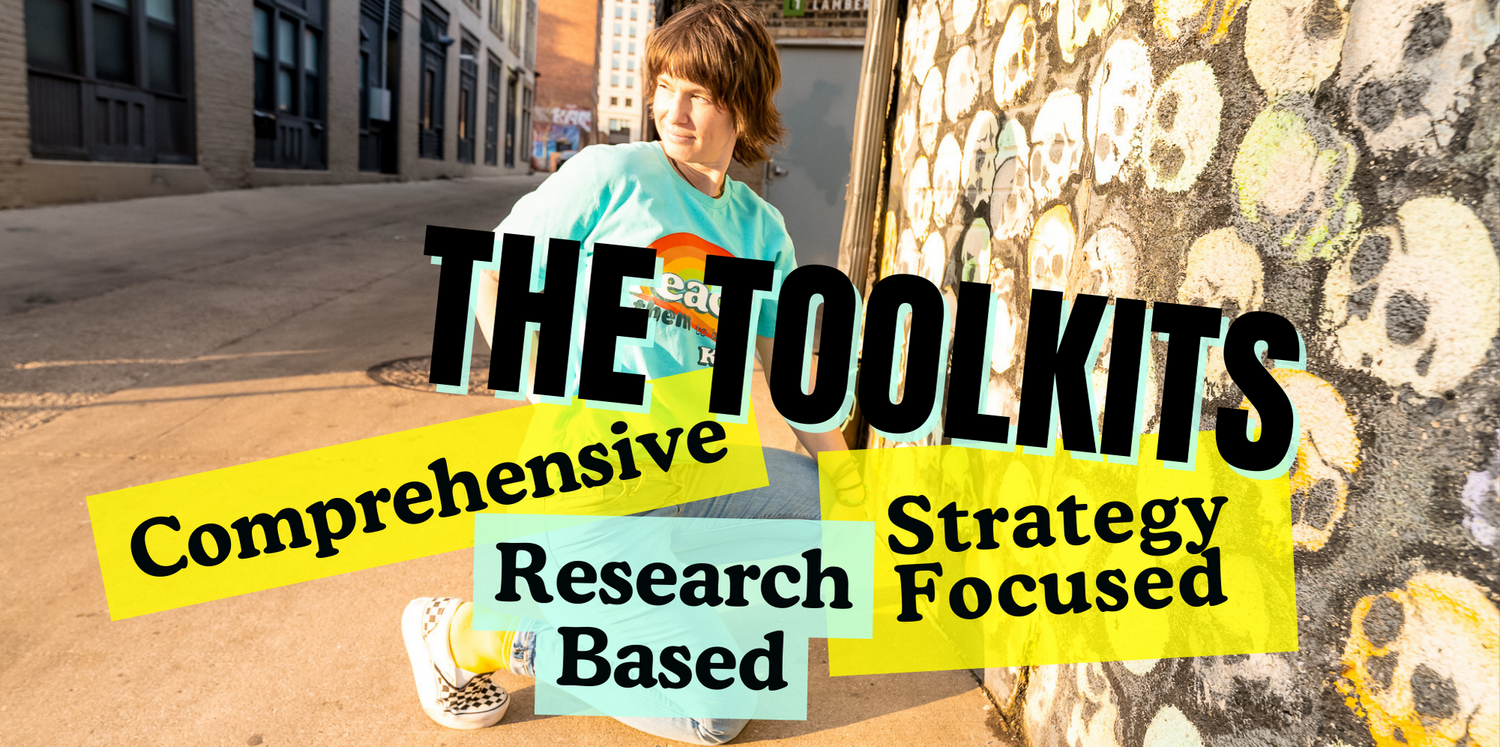
Why Rewards Backfire: Autonomy, and the Classroom
Share
Why Rewards Backfire: Autonomy and the Classroom
The science behind motivation—and what it means for how we teach
Ryan Deci asks a question every teacher eventually faces:
“Why are students so unmotivated to learn when learning is a natural desire?”
He noticed that young children explore, tinker, and stretch limits purely for the joy of mastery. So he studied what happens when that joy collides with rewards.
What Deci Found
Participants began with an activity they already enjoyed—solving puzzles, writing, or building. Then he added rewards. When the rewards stopped, people were less likely to choose the same activity and their performance dipped.
The pattern held across the SOMA puzzle studies, field experiments, and later replications.
When Deci published, the research world erupted.
He was challenging behaviorism—a model embedded in classrooms, workplaces, parenting, and even therapy.
🧐 If rewards decrease intrinsic motivation, why?
Deci found that rewards create a feeling of control. Control weakens autonomy. When autonomy drops, the brain’s drive for mastery declines with it.
“How do I motivate people?” is the wrong question.
The right question is, “How do I create the conditions where people motivate themselves?”
That shift—from "doing motivation to students" to "cultivating motivation within them"—is the foundation of Self-Determination Theory (SDT).
Shifting the Question in Schools
When teachers move from "How do I make them work?" to "How do I support autonomy, competence, and belonging?" everything changes.
Students act with integrity and effort because it fits who they are becoming.
That’s intrinsic motivation.
Toolkit users: Open the Instruction Toolkit, page 8, to review Cue → Chunk → Chew.
Predictable structure and small learning bursts protect autonomy by lowering cognitive load.
The Neurodivergent Toolkit builds on this idea with 100+ strategies that pair predictability with authentic choice, helping you translate SDT into daily routines that feel safe and freeing. Get it [HERE]
Make It Practical With the Neurodivergent Toolkit
1. Support Autonomy During Instruction (Instruction Kit)
-
Use Cue, Chunk, Chew so lessons start predictably, content arrives in manageable pieces, and students get time to process.
-
Add Word Banks so every learner can choose language and enter tasks faster—especially those with executive-function or language-processing challenges.
-
Post visual timers and simple visuals linked to humor or emotion to strengthen memory.
-
Build predictability: repeat a small set of activities, keep routines steady, and use checklists/flow charts so working memory stays free for ideas, not directions.
2. Shape an Environment That Signals Safety and Choice (Classroom Environment Kit)
-
Designate spaces for whole-group, small-group, and reset work so expectations are visible, not implied.
-
Create a sensory-friendly setup: soft lighting, quieter corners, alternative seating, pacing zones. Regulation protects autonomy.
-
Provide materials for differentiation—fidgets, visuals, tangible models—so students choose how to engage.
Toolkit users: Pair these environmental moves with Behavior & Needs Detective interviews to identify which needs (safety, comfort, autonomy, belonging, competence) drive each behavior.
The Neurodivergent Toolkit includes the full Five-Needs Model and editable checklists so you can link each classroom adaptation to its root need, not the surface symptom. Get it [HERE]
3. Start With the Right Need
Before changing systems, ask—not assume.
Conduct quick student or family interviews to learn strengths, stressors, and unmet needs.
Use the Student Needs Checklist to find what’s compromised, then match it with tools from the Instruction or Environment sections.
Remember: autonomy isn’t “anything goes.”
It’s feeling like the initiator of one’s actions inside clear, safe boundaries.
👇 Try This This Week
Run an autonomy inventory.
During one class, mentally tally moments where students ORIGINATE actions versus moments CONTROLLED.
Then open one new pocket of meaningful choice in your classroom—process, product, or partner.
Try one of these Toolkit moves: (Instruction Kit, Executive Functioning Support)
-
Replace a long direction set with a three-step checklist and repeat, don’t rephrase.
-
Add a Word Bank + Sentence Stems so more students can enter a discussion without heavy prompting.
-
Use over-learning: reserve the last ten minutes for student-chosen review or quick show-what-you-know options.
Why it works:
When students have tools to start, space to choose, and an environment that lowers sensory load, the brain re-engages. Autonomy and competence return. Intrinsic motivation follows.
Team Discussion Prompt
- How can we reduce coercion signals in our routines and increase authentic choice?
- Which single routine will we open up this month?
Closing Thought
Rewards may spark short bursts of compliance, but autonomy sustains curiosity.
When we use structure, clarity, and trust to meet students’ needs for autonomy, competence, and belonging, we replace pressure with purpose.
📘 To build a classroom where students regulate, own their learning, and meet their core psychological needs, grab the Neurodivergent Toolkit.
🎙️ Then dive deeper into autonomy, motivation, and real-classroom examples on Ignited Podcast Season 3.







